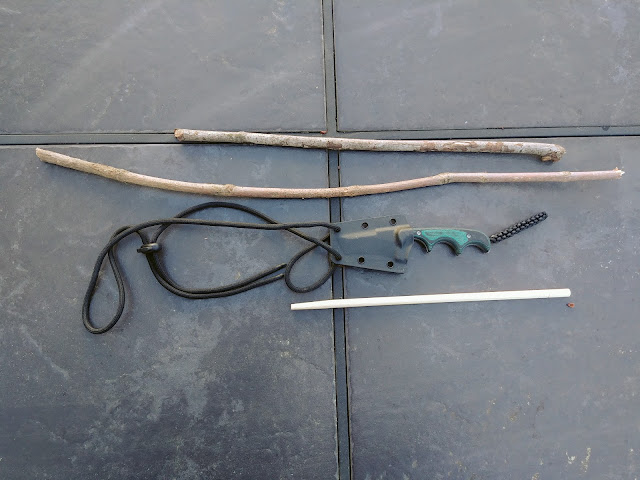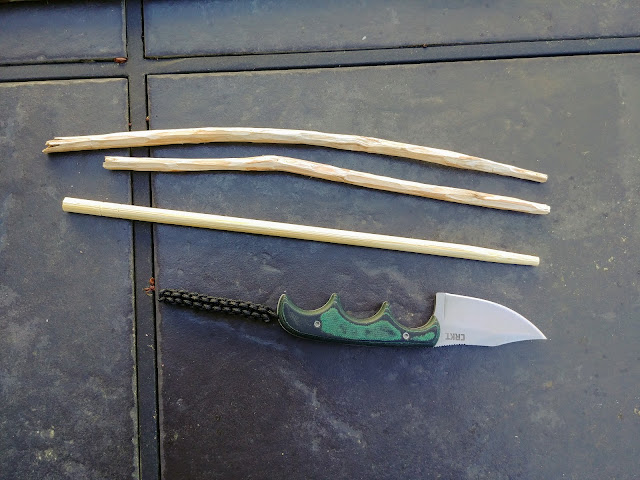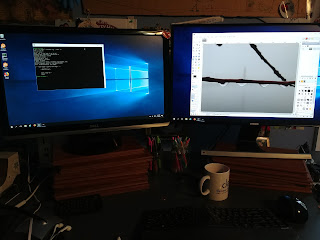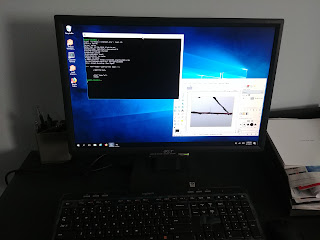Lately, I've been acutely aware that when it comes to learning a new skill or selecting a piece of gear, there are four levels of awareness: Hearing It, Seeing It, Trying It and Doing It.
Consider this example: you want to buy a new flashlight for backpacking, specifically for night hiking. You need a number of competing benefits: the light should be bright, compact, have long running time and be affordable. How do you arrive at the ideal flashlight?
Hearing It. You could just head over to reddit.com/r/Ultralight and ask for a recommendation. The problem: what might be bright enough for person may not be bright enough for you. And, it's possible that the person who's make a recommendation has never used the flashlight on a night hike.
Seen It. Thanks you YouTube, we live in the golden age of seen it. With luck, you'll be able to take the recommendations you've received and watch detailed reviews on YouTube. It's not quite as nice as holding the flashlight in your hand, but it's far better than just hearing about the light.
Tried It. At this point, you've picked up that flashlight and now it's time try it out. Sure, a walk through the neighborhood at night isn't the same as a tramp through the woods, but it's still educational. You'll know at this point if the flashlight really is bright enough, light enough and long running enough.
Did It. Finally, it's time to actually use that flashlight in the woods.
The more I think about it, the more I realize how invaluable that Try It step is. Sure, the Doing It step is great, but by the time you're there, you almost certainly don't want to fail. But in the Try It step, the cost of failure is minimal.
This means that more than ever, I'm looking for ways to try stuff. Which is how I found myself sitting outside on our deck whittling a pair of chopsticks.
The other day, I realized that I'd never bother fashioning a pair of chopsticks in the field. Rather than put this on my next campout's TODO list, I though I'd follow my own advice and give it a try. So while running along Four Mile Run trail I kept an eye out for sticks that seemed appropriate for fashioning chopsticks from. I picked up two candidates:

I grabbed a chopstick from our utensil drawer and used it to get an idea of length and thickness that I was shooting for. And then I whittled away.
After about 10 minutes, I had two very crudely fashioned eating instruments:

By my own Try It measure I still wasn't finished. Next, I needed to cook and eat lunch with them. So I did. I cooked up some rice noodles and broth and enjoyed slurping up lunch outside:


So what did I learn from all of this?
Field expedient chopsticks are totally usable. They take about 10 minutes to make, and will leave the hand gripping the stick totally fatigued. Most importantly, I need to keep an eye out for truly straight sticks to start with. The wonky pair I made works, but require more care to eat with.
On my next camping trip, can I leave the spork at home and rely on improvised chopsticks? Maybe. I've got at least one experience under my belt that says, go for it!
















































